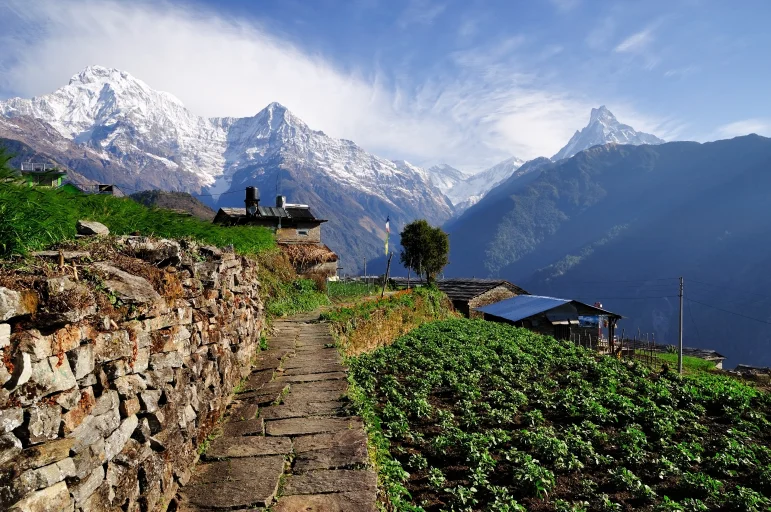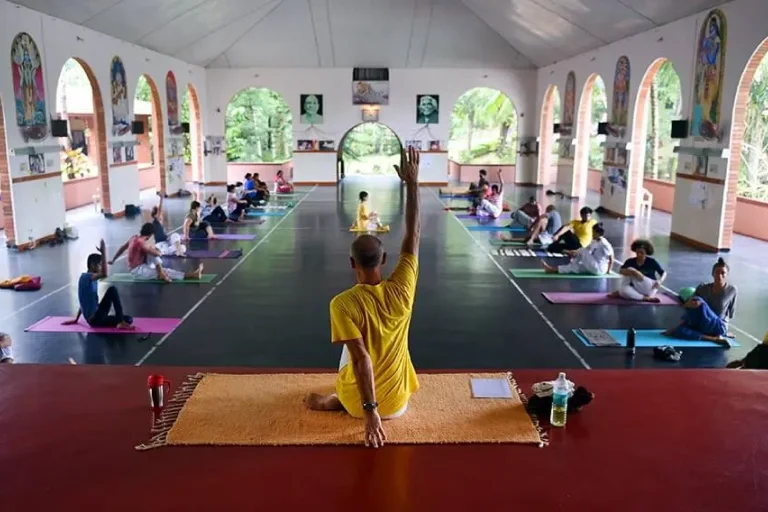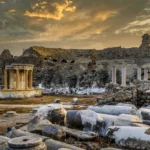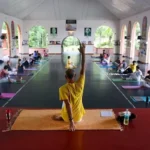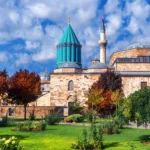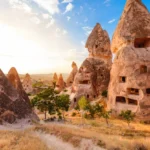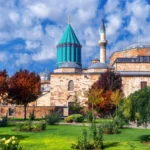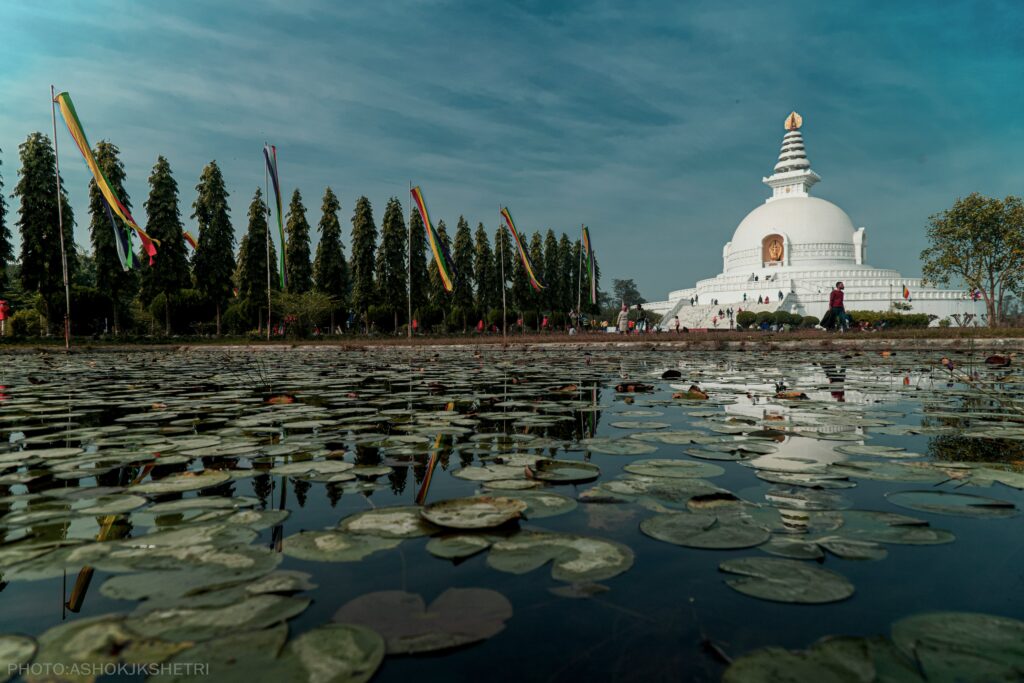
Lumbini Buddha Birthplace Tour: A Journey to the Roots of Buddhism
Nestled in the serene plains of southern Nepal, Lumbini stands as one of the most significant spiritual sites in the world. Recognized as the birthplace of Siddhartha Gautama, who later became the Buddha, Lumbini has drawn millions of pilgrims, tourists, and spiritual seekers from around the globe. This article will explore Lumbini’s historical and spiritual significance, the attractions and experiences available to visitors, and essential tips for planning a Buddha birthplace tour.
Historical Significance of Lumbini
The Birth of the Buddha
Lumbini is celebrated as the birthplace of Siddhartha Gautama, the founder of Buddhism. According to historical texts, Queen Maya Devi gave birth to Siddhartha in 623 BCE while traveling to her hometown of Kapilavastu. The sacred garden of Lumbini emerged as an important pilgrimage site dedicated to the life and teachings of the Buddha.
The site holds deep historical significance, as it is here that the future Buddha took his first steps and proclaimed his first words. Lumbini’s location has become a powerful symbol of peace, compassion, and enlightenment, making it a focal point for Buddhists and non-Buddhists alike.
UNESCO World Heritage Site
In 1997, Lumbini was designated a UNESCO World Heritage Site due to its outstanding universal value. The UNESCO designation highlights the site’s archaeological and cultural importance, as it contains numerous ancient structures and monuments that depict the early development of Buddhism.
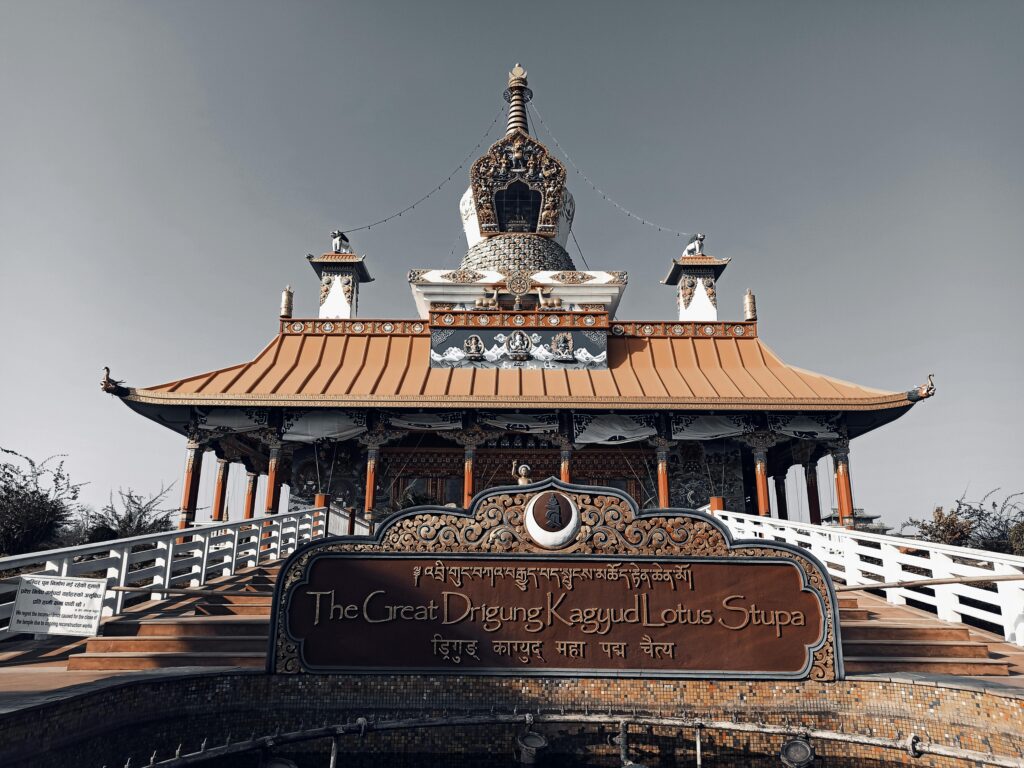
Key Attractions in Lumbini
Maya Devi Temple
At the heart of Lumbini lies the Maya Devi Temple, a revered shrine built to honor the birthplace of the Buddha. The temple complex features the original sacred garden where Siddhartha was born. A small stone pillar, known as the Ashoka Pillar, can be found nearby, which was constructed by Emperor Ashoka when he visited Lumbini in the 3rd century BCE. The pillar bears inscriptions commemorating the birth of the Buddha.
Visitors to the Maya Devi Temple often feel a deep sense of peace and spirituality as they witness the historical significance of the site. The temple also features a sacred pond known as the Pushkarni, where it is believed that Queen Maya Devi bathed before giving birth.
Lumbini Garden
Surrounding the Maya Devi Temple, the Lumbini Garden is an idyllic landscape that enhances the spiritual ambiance of the site. The garden features beautifully manicured lawns, lotus ponds, ancient trees, and pathways for meditation and reflection. It provides a serene space for visitors to connect with nature and contemplate the teachings of the Buddha.
The Sacred Tree
Within the Lumbini Garden stands a sacred fig tree, known as the Bodhi tree. This tree symbolizes enlightenment and spiritual awakening, as Siddhartha Gautama attained enlightenment while meditating under another Bodhi tree in Bodh Gaya. Visitors often take a moment to sit in the shade of this tree, reflecting on their own spiritual journeys.
Ashoka Pillar
The Ashoka Pillar, located near the Maya Devi Temple, is a significant historical artifact. Erected by Emperor Ashoka during his pilgrimage to Lumbini in the 3rd century BCE, the pillar is inscribed with a message declaring Lumbini as a holy site. The pillar stands as a testament to the enduring legacy of the Buddha’s teachings and the impact of Buddhism on ancient civilizations.
Monastic Zone
Lumbini’s Monastic Zone is a unique area that features various monasteries and temples built by different countries, reflecting the global nature of Buddhism. Each monastery is constructed in the architectural style of its home country, showcasing the diverse cultural expressions of Buddhism. Notable monasteries include:
- Japanese Peace Stupa: This iconic stupa, built by Japanese monks, embodies peace and tranquillity. The stupa offers visitors a chance to meditate and reflect on the essence of Buddhism.
- Chinese Monastery: This beautifully designed monastery highlights traditional Chinese architecture and offers insights into Chinese Buddhist practices.
- Korean Monastery: The Korean monastery exhibits the simplicity and beauty of Korean design, providing a space for meditation and quiet reflection.
The World Peace Pagoda
Located on a hill overlooking Lumbini, the World Peace Pagoda is another essential landmark worth visiting. Built to promote peace and harmony, the pagoda features striking white architecture, making it a stunning sight against the backdrop of the Himalayan foothills. Visitors can hike to the pagoda for breathtaking panoramic views of the surrounding landscape.
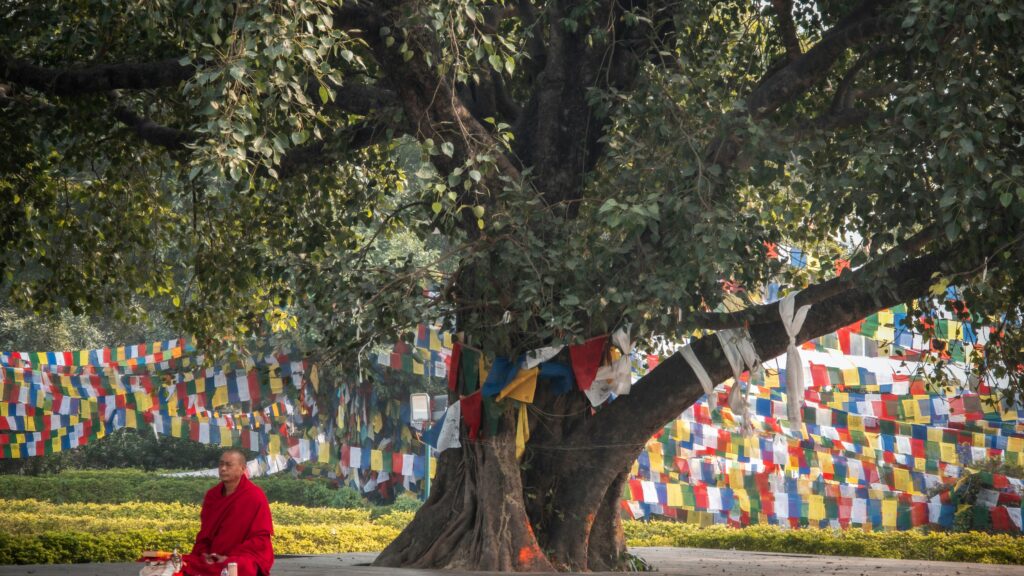
The Lumbini International Research Institute
To further the understanding of Buddhist philosophy and history, the Lumbini International Research Institute serves as a prominent educational institution in the area. Researchers, scholars, and students are invited to explore and study the rich heritage of Lumbini and its significance in the development of Buddhism.
Spiritual Practices and Pilgrimages
Meditation and Mindfulness
Lumbini offers visitors a unique opportunity to engage in meditation and mindfulness practices. Many centers and monasteries host meditation sessions that allow participants to connect deeply with the teachings of the Buddha. These practices often include guided meditations, walking meditations, and silent retreats, fostering inner peace and self-discovery.
Celebrating Buddha Jayanti
Buddha Jayanti, celebrated annually, marks the birth, enlightenment, and passing (Parinirvana) of Siddhartha Gautama. On this auspicious day, Lumbini comes alive with ceremonies, prayers, and cultural performances. Pilgrims from around the world gather to pay homage to the Buddha and engage in collective chanting and meditation.
Pilgrimage Tours
Many spiritual seekers embark on pilgrimage tours that include Lumbini and other significant sites associated with the Buddha’s life. These tours often extend to Bodh Gaya, where Siddhartha attained enlightenment, and Sarnath, where he delivered his first sermon. Pilgrims can immerse themselves in the rich tapestry of Buddhist history while deepening their spiritual understanding.
Planning Your Lumbini Buddha Birthplace Tour
Best Time to Visit
The ideal time to visit Lumbini is during the cooler months of October to March. During this period, the weather is pleasant, making it conducive for exploration and outdoor activities. The Lumbini Festival, held in May to celebrate Buddha’s birth, is another excellent time to witness the vibrant celebrations and engage with the local culture.
How to Get to Lumbini
Reaching Lumbini is relatively straightforward, with several options available:
- By Air: The nearest airport to Lumbini is Gautam Buddha International Airport in Bhairahawa, which is approximately 22 kilometers away. Domestic flights from Kathmandu or Pokhara connect to Bhairahawa.
- By Bus: Several tourist buses operate from Kathmandu and Pokhara to Lumbini. The bus journey takes around 8-10 hours from Kathmandu and approximately 6 hours from Pokhara.
- By Car: For those who prefer a more flexible travel option, hiring a private car or taxi is a convenient way to reach Lumbini.
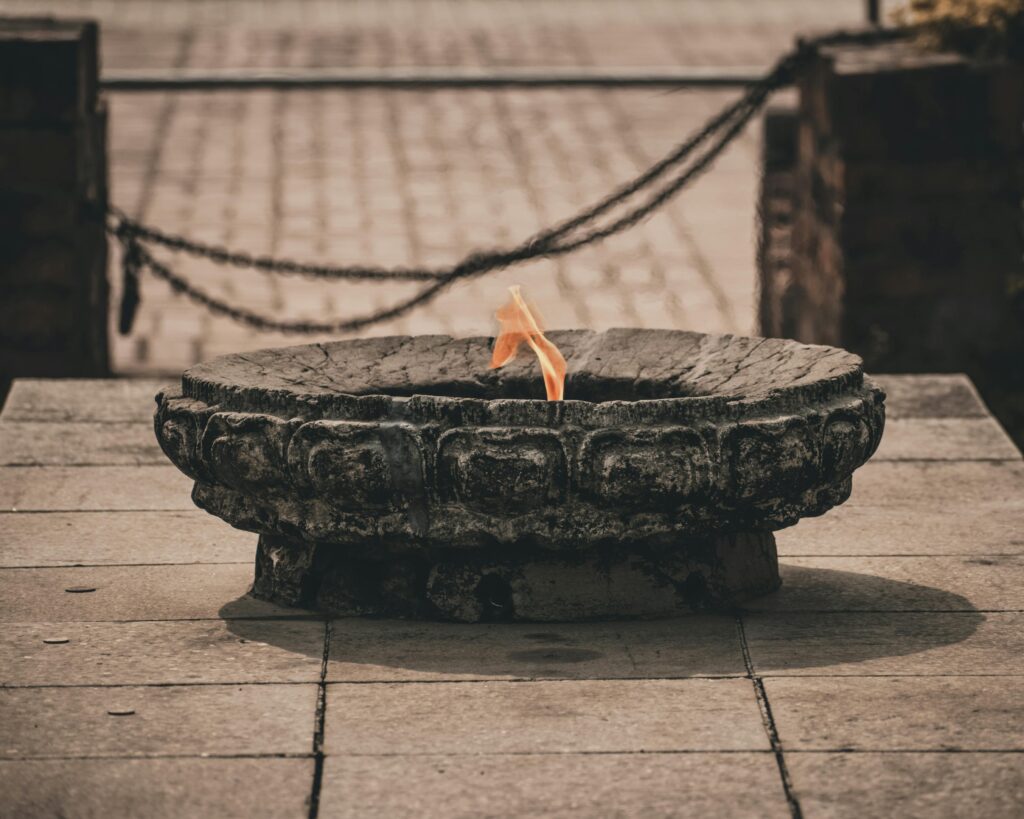
Accommodation Options
Lumbini offers a range of accommodation options to suit different budgets and preferences, including:
- Luxury Hotels: For those seeking comfort and amenities, luxury hotels such as Siddhartha Garden of Dreams and Lumbini Heritage Hotel can provide a pleasant stay.
- Mid-Range Hotels: Several mid-range hotels, like Hotel Lumbini Garden and Lotus Restaurant and Hotel, offer comfortable stays with basic facilities.
- Guesthouses and Monasteries: For a more immersive experience, visitors can choose to stay in guesthouses or monasteries, often allowing for deeper connections with the spiritual atmosphere of Lumbini.
Local Cuisine
Lumbini’s culinary offerings reflect the diverse cultural influences of the region. Visitors can enjoy traditional Nepali cuisine, including:
- Dal Bhat: A staple dish made of lentils and rice, often served with vegetables and pickles.
- Momo: Delicious dumplings filled with vegetables or meat, often enjoyed with dipping sauce.
- Thukpa: A hearty noodle soup that combines vegetables, herbs, and spices, perfect for warming up in cooler seasons.
Additionally, many restaurants in Lumbini cater to international tastes, providing a variety of options for visitors.
Cultural Etiquette
When visiting Lumbini, it is essential to observe certain cultural etiquettes to show respect for the sacredness of the site:
- Dress Modestly: Visitors should dress modestly and appropriately when entering temples and monasteries. Clothing should cover shoulders and knees.
- Remove Shoes: It is customary to remove shoes before entering sacred spaces or monasteries to maintain cleanliness.
- Respect Local Customs: Be mindful of local customs and practices, especially during ceremonies and rituals.

Conclusion
Embarking on a Lumbini Buddha birthplace tour is a profound journey that invites visitors to connect with one of the world’s most essential spiritual narratives. Rooted in the rich history of the Buddha’s life, Lumbini offers a unique blend of historical significance, spiritual exploration, and cultural diversity.
From the sacred Maya Devi Temple to the serene pathways of Lumbini Garden, each corner of this spiritual oasis breathes with the essence of Buddhism. Engaging in meditation, participating in rituals, and connecting with fellow seekers fosters a sense of unity and belonging that transcends borders and beliefs.
As one of the cornerstones of Buddhist pilgrimage, Lumbini serves as a reminder of the timeless teachings of compassion, mindfulness, and enlightenment. Whether you are a devoted Buddhist, a curious traveler, or a spiritual seeker, Lumbini promises a transformative experience that nourishes the soul and inspires a deeper understanding of life’s purpose.
Ultimately, a journey to Lumbini is not just about exploring the birthplace of the Buddha; it is about embarking on a journey within, discovering the wisdom of ancient teachings, and awakening to the universal truths that bind us all in this shared human experience

